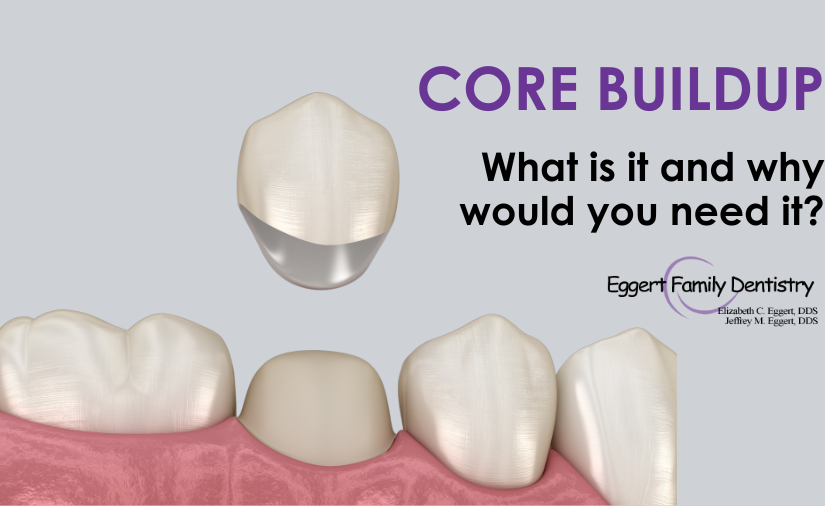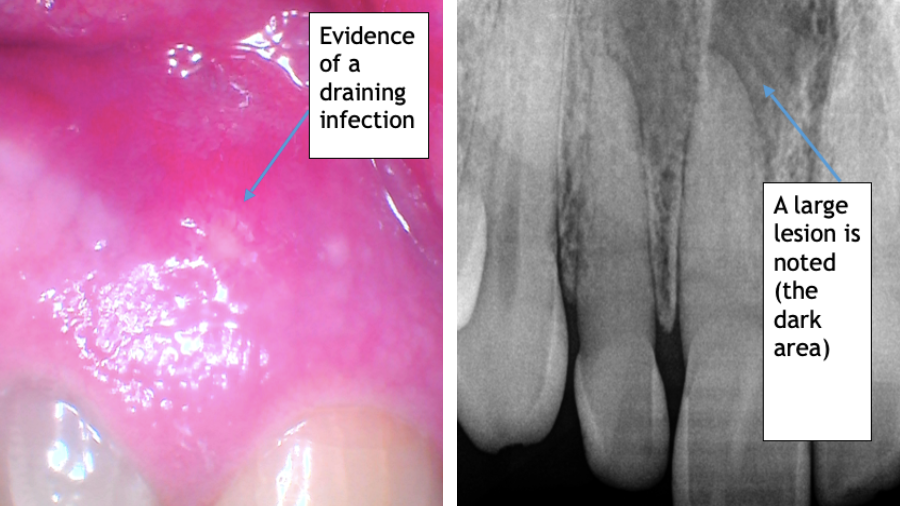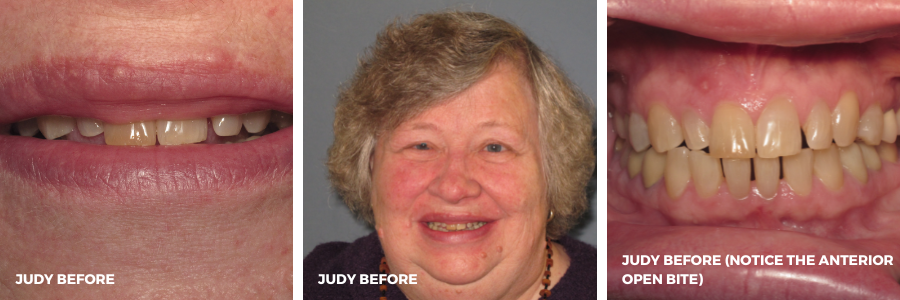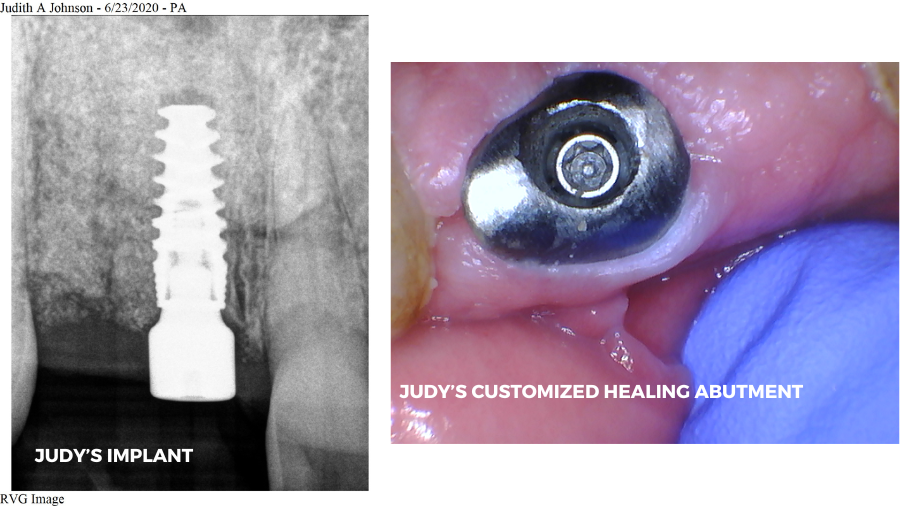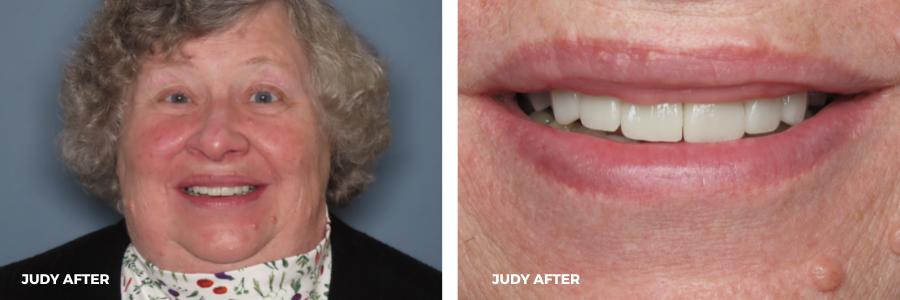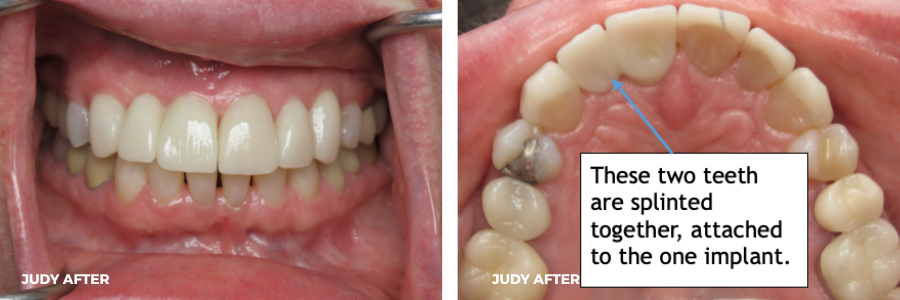By: Dr. Elizabeth Eggert
The root canal. That nightmare-inspiring procedure that strikes terror into the hearts of nearly every dental patient. Many patients have gone so far as to avoid their regular exams and cleanings for fear of it (which, of course, backfires by causing minor dental issues to worsen).
But due to improvements in technology and anesthesia over the years, the root canal procedure has become much more comfortable (and less scary) for the majority of people.
Still, you may find yourself full of anxious questions about this procedure, such as:
- What is a root canal exactly?
- What are some symptoms that indicate I might need a root canal?
- What should I expect during a root canal procedure?
- What is the healing process like, and how long does it take to heal?
To alleviate your fears, we’re here to answer these common questions.
What Is a Root Canal Procedure?
The root canal is the part of your tooth’s anatomy that includes the pulp (the soft interior of your tooth containing blood vessels and nerves) that extends down into the roots of your tooth.
A root canal dental procedure — commonly referred to simply as a “root canal” — treats inflammation and infection in the pulp of your tooth. When the pulp of your tooth becomes infected, you may have pain and tenderness around the affected tooth. A root canal procedure is the process of removing the infected pulp, cleaning and reshaping the interior of the root canal, and filling and sealing it to prevent future infection.
You may be wondering, “How can the inside of my tooth become infected?”
When your tooth is cracked, chipped, or otherwise damaged, or has a cavity that has been left untreated, its defenses are down. Oral bacteria can enter through those openings and infect your tooth’s pulp.
The benefits of a root canal include:
- Relieving pain, swelling, or other symptoms
- Preventing infection from spreading to other teeth
- Saving the natural tooth (rather than extracting it and replacing with a dental implant, bridge, or partial)
- Reducing the risk of damage to your jaw
Depending on the severity of your case, a root canal may be performed by Dr. Elizabeth or Dr. Jeff or an endodontist (a root canal specialist). If, after an exam and x-rays,we find that your case is more serious,we will refer you to an endodontist.
What Are the Symptoms That Indicate I Might Need a Root Canal?
A root canal is a common and effective procedure—according to the American Association of Endodontists, 15 million root canals are performed each year, with a 98% success rate.
In some cases, a patient doesn’t know they have an infected tooth until they have an exam. But many others experience one or more of the following symptoms:
- Continuous tooth pain. Pain deep in your tooth that doesn’t go away. The pain may also radiate to your other teeth, jaw, or face.
- Heat/cold sensitivity. Your tooth hurts when eating or drinking very hot or very cold foods or beverages, and the pain lingers or takes a while to dissipate.
- Swollen gums. Your gums may be swollen, tender, or discolored around the affected tooth.
- “Boil” or pimple on your gums. Pus from the affected tooth can form a boil or pimple on your gums. The pus may drain, leaving an unpleasant taste or smell in your mouth.
- Swollen jaw. Your jaw may become swollen from the pus created by the infection.
- Tooth discoloration. Infected pulp can restrict the blood supply to your tooth, causing it to appear darker than your other teeth.
- Pain when you apply pressure. Your tooth will often feel tender when you chew or otherwise put pressure on the tooth. This may be due to damaged nerves around the pulp.
- Chipped or cracked tooth. If you have a chip or crack in your tooth, bacteria can reach the pulp and cause an infection.
- Loose tooth. Pus from the infected pulp can soften the bone supporting the tooth, making it feel loose.
What Should I Expect During a Root Canal Procedure?
Before you have a root canal done, we will take x-rays of the affected area so we can determine the extent of the infection and confirm that a root canal is the right course of action.
Then, on the day of your root canal, we’ll:
- Review your x-rays and apply a local anesthetic. We’ll go over your x-rays with you, then apply a local anesthetic to numb the infected tooth and the gums surrounding it.
- Place a dental dam. We’ll use a dental dam (a protective rubber sheet) to isolate the affected tooth and keep it dry during the procedure.
- Create an access opening. To access the infected pulp, we’ll make a small opening into the biting surface of your tooth.
- Remove the infected pulp. We’ll remove the infected pulp inside the tooth, then clean and disinfect the canal.
- Reshape the canals. We’ll then reshape the canal to prepare it for filling.
- Fill the canal. We’ll fill the empty canal with a flexible, rubber-like material and seal it with a dental filling.
- Place the final restoration. On a subsequent visit, we’ll fit a permanent crown or other restoration to protect the treated tooth and restore your bite. Avoid chewing with the treated tooth until we place the final restoration.
The entire root canal procedure takes about 60-90 minutes on average, but can take longer depending on the severity of your case.
What Is the Healing Process Like?
After a root canal, many patients feel immediate relief from their symptoms, because the infected pulp that was causing pain was removed.
You shouldn’t have significant pain after your root canal procedure, but you may experience some tooth sensitivity for a few days. Taking an over-the-counter pain reliever can help; if not, we may prescribe a pain reliever or occasionally an antibiotic. In most cases, any side effects dissipate over the course of a week or two.
Most patients are able to return to work or school the following day. You can eat after your procedure (once the numbness wears off), but stick to softer foods (pastas, mashed potatoes, yogurt, etc) for a couple of days. As your comfort level improves, you can introduce other foods.
After your procedure, it’s important to keep the treated area clean. Brush and floss normally and use an antibacterial mouthwash. If you don’t yet have your final restoration in place, avoid chewing on the treated tooth until you do.
Think You Might Need a Root Canal? Schedule an Appointment
If you are experiencing any of the symptoms listed earlier in this article, contact Eggert Family Dentistry right away to schedule an exam with Dr. Elizabeth or Dr. Jeff. If you do have an infected tooth, it’s important that you be treated as soon as possible to relieve your discomfort and prevent the infection from spreading. To schedule an appointment, call our office at 651-482-8412.







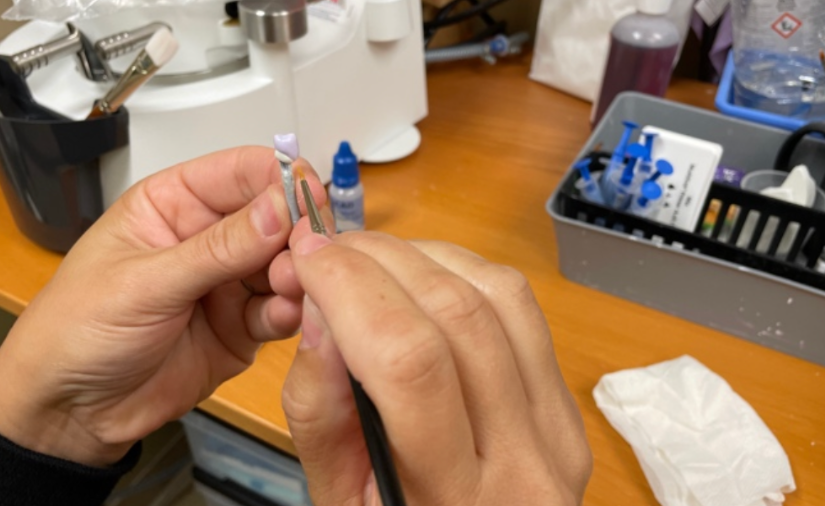
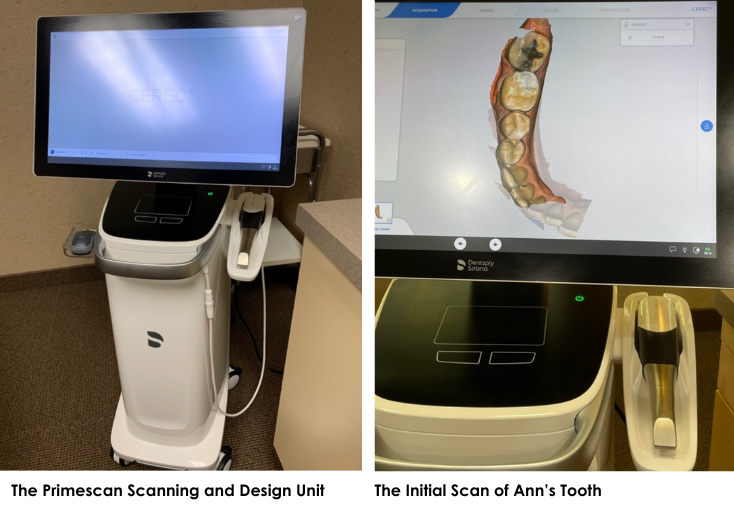
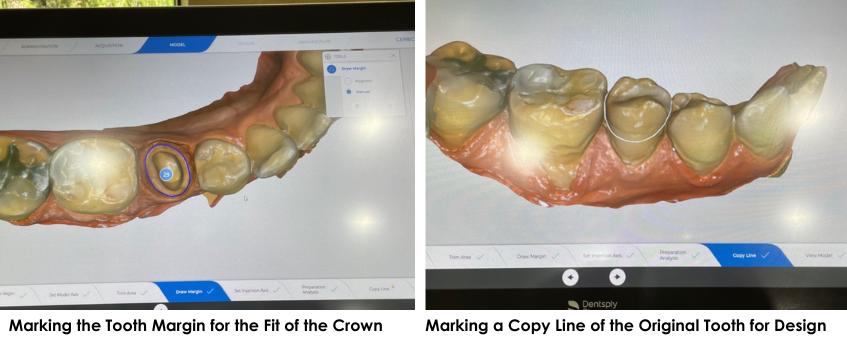
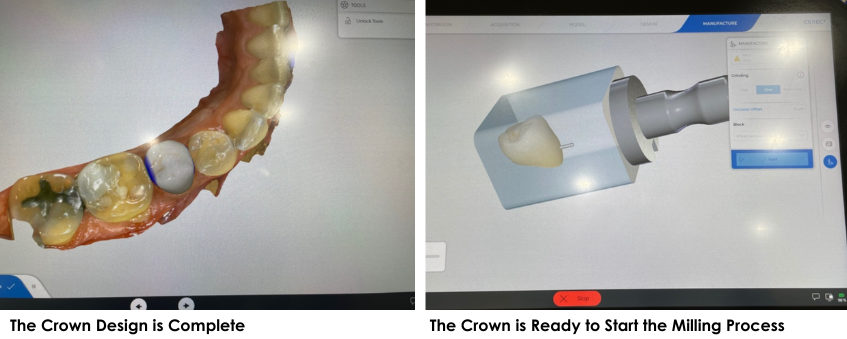
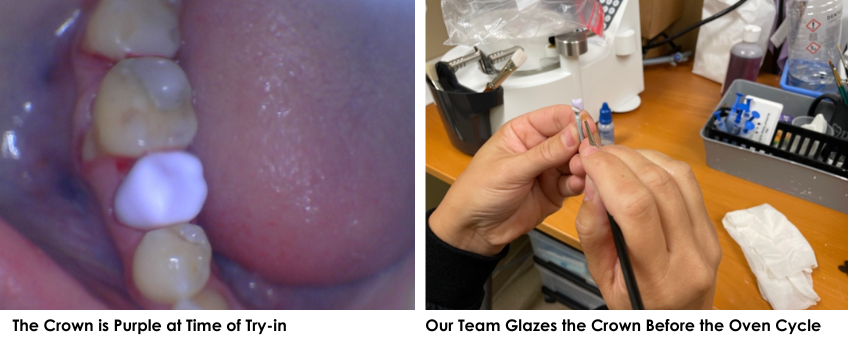
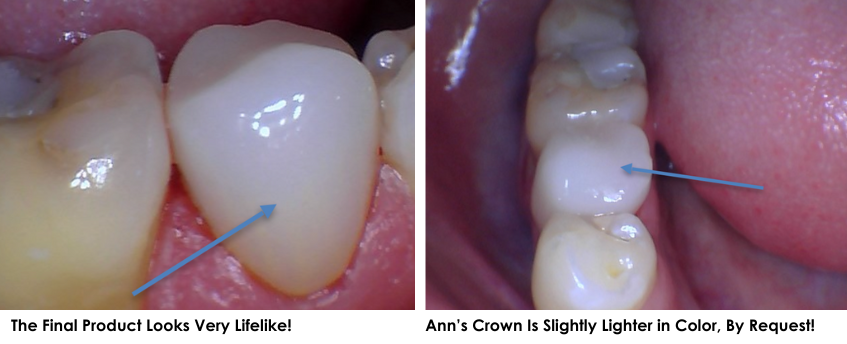

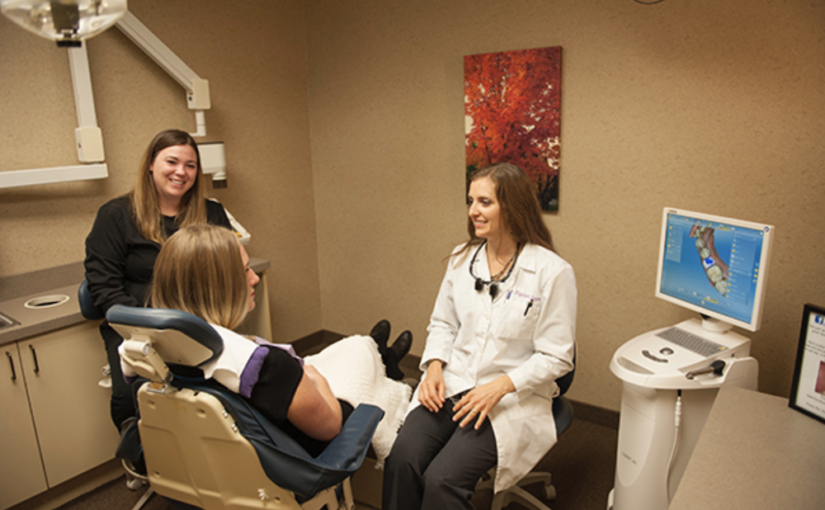
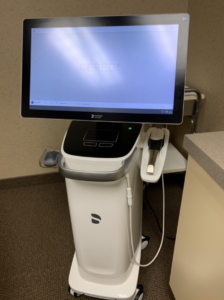 We are happy to now be using the latest scanning unit for our CEREC crowns. The CEREC Prime Scan is a recently developed scanning unit that captures highly detailed images of your mouth.
We are happy to now be using the latest scanning unit for our CEREC crowns. The CEREC Prime Scan is a recently developed scanning unit that captures highly detailed images of your mouth.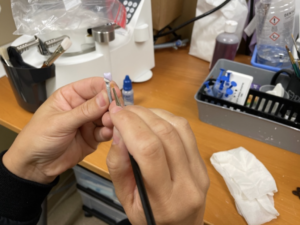 After taking a scan of your teeth, we’re able to create a crown restoration in minutes. New crowns can be made of compressed porcelain, emax porcelain, or compressed composite resin. During your appointment, you can talk with Dr. Elizbeth and Dr. Jeff to determine what material is the best fit for you.
After taking a scan of your teeth, we’re able to create a crown restoration in minutes. New crowns can be made of compressed porcelain, emax porcelain, or compressed composite resin. During your appointment, you can talk with Dr. Elizbeth and Dr. Jeff to determine what material is the best fit for you.